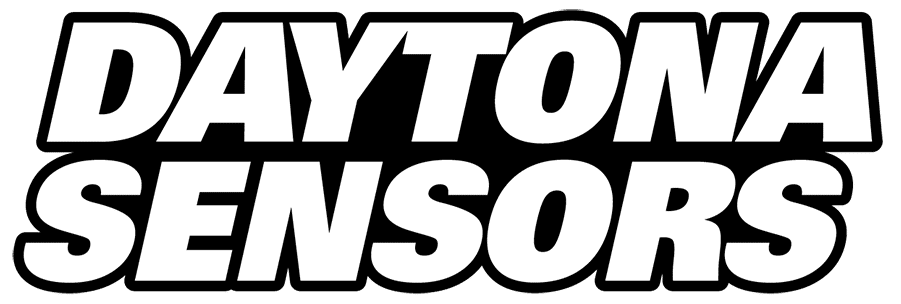Bike is GS1100ED 1166, ported head, K&N pods, 36mm BS36, GSXR 4:2:1 Yoshi, 0.340 Webcams, Accel coils, coil mod
Exhaust____4:1__________4:2:1
Type
Main jet_____140__________ 135
DJ needle__3 or higher_______ 2
Pilot jet_____47.5___________45
Pilot Air____stock?________stock?
A more normal jetting would probably be a 140 main (v.s. my 135) with the needle jet at 3 or higher (v.s .mine at 2). I'm attributing the leaner main and fatter needle setting to my 4:2:1 v.s. the more traditional 4:1. The 4:2:1 flows better at mid range but not quite the flow at the top end as compared to the 4:1.
- 1 notch rise in needle ( e.g. 4 to 3 from bot) at 1/2 throttle will lower AFR 1 full point (e.g. 14.0 to 13.0).
- A drop in Main by 2 sizes (e.g. 140 to 135) at 1/2 throttle will raise AFR 1 full point.(e.g. 13.5 to 14.5)
- A drop in Main by 2 sizes (e.g. 140 to 135) at WOT ------- will raise AFR 1/2 a point.(e.g. 11.0 to 11.5)
Optimum tune (for my setup) seems to be about; (In other words I'm not sure it will get any better than what it is ):
1/2 throttle (high RPM) is AFR 13.5-14.5
1/8-1/4 throttle AFR is 11.5-12.5 (75 mph at 4500 RPM)
Idle AFR 13.5
- 14.5-14.7 air fuel is maximum fuel mileage.
- 13.2 air fuel is maximum steady state rpm power.
- 12.7-12.9 is maximum acceleration power.
Carburetors can only be tuned for maximum power or mileage at a given RPM. 14.5-14.7 air fuel is maximum fuel mileage. 13.2 air fuel (richer than 14.7) is maximum steady state rpm power. 12.7-12.9 is maximum acceleration power. If you set the carbs for maximum power in the mid range and top end it is not going to get fuel mileage. Lowering the needle and adjusting the idle circuit will help. If you set the idle circuit lean, and lower the needles to 14.7 air fuel ratio then adjust your top end to 13.2, your bike while riding in the mid range/lower RPM's will get mileage. on full acceleration at high rpm you bike will have power. But if you set the carbs this way you will not have maximum mid range power. Also, one full clip movement may be more than what is needed to go from lean to perfect 14.7 air fuel ratio.
Changes in ambient temperature and altitude affect richness of your air/fuel ratio. This is because air gets more dense as it gets colder. Air is also denser the closer you get to sea level. Therefore; more fuel is needed to maintain proper air/fuel ratio in cold weather or near sea level than is needed in hot weather or at high altitude. If you set your carburetors for perfect air/fuel ratio in San Francisco on a 50 degree day, your bike will be chokingly rich in Denver on a 90 degree day. Obviously, you will be best served by jetting your engine to run best at the average temperature and elevation you will normally ride. Mikuni suggests an increase of one full jet size for every 25 degree drop in temperature.
Additional Jetting info can be found here.
.png)








 . It is very interesting. Right now trying to establish a base so I can more to Slingshot carbs.
. It is very interesting. Right now trying to establish a base so I can more to Slingshot carbs. 

 . Anyway went back to the original #2 grove position with the 45's and the bottom end is now very sweet and I got an inadvertent power rollown 2nd gear wheelie so it seems to be running crisp.
. Anyway went back to the original #2 grove position with the 45's and the bottom end is now very sweet and I got an inadvertent power rollown 2nd gear wheelie so it seems to be running crisp. 
Comment